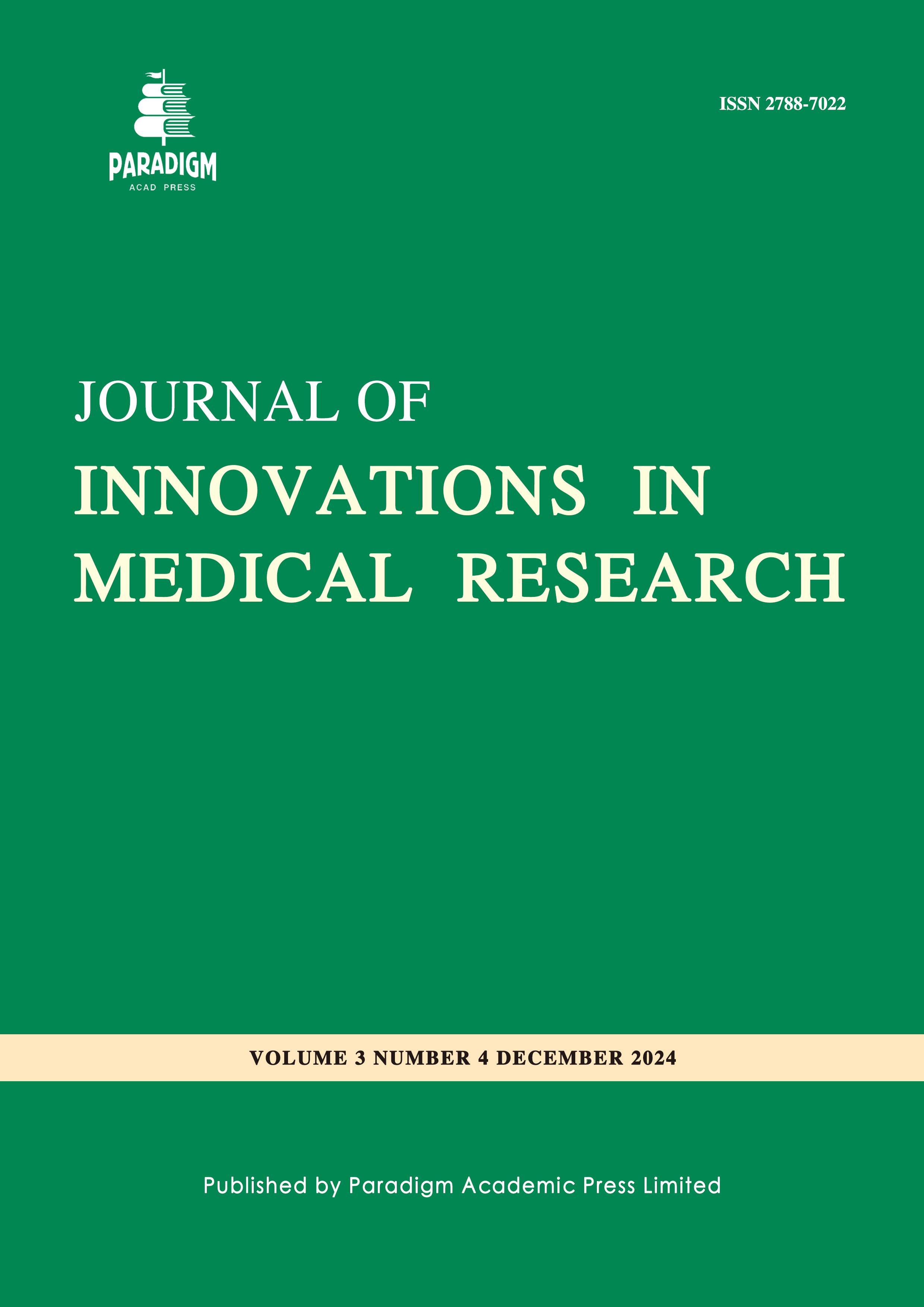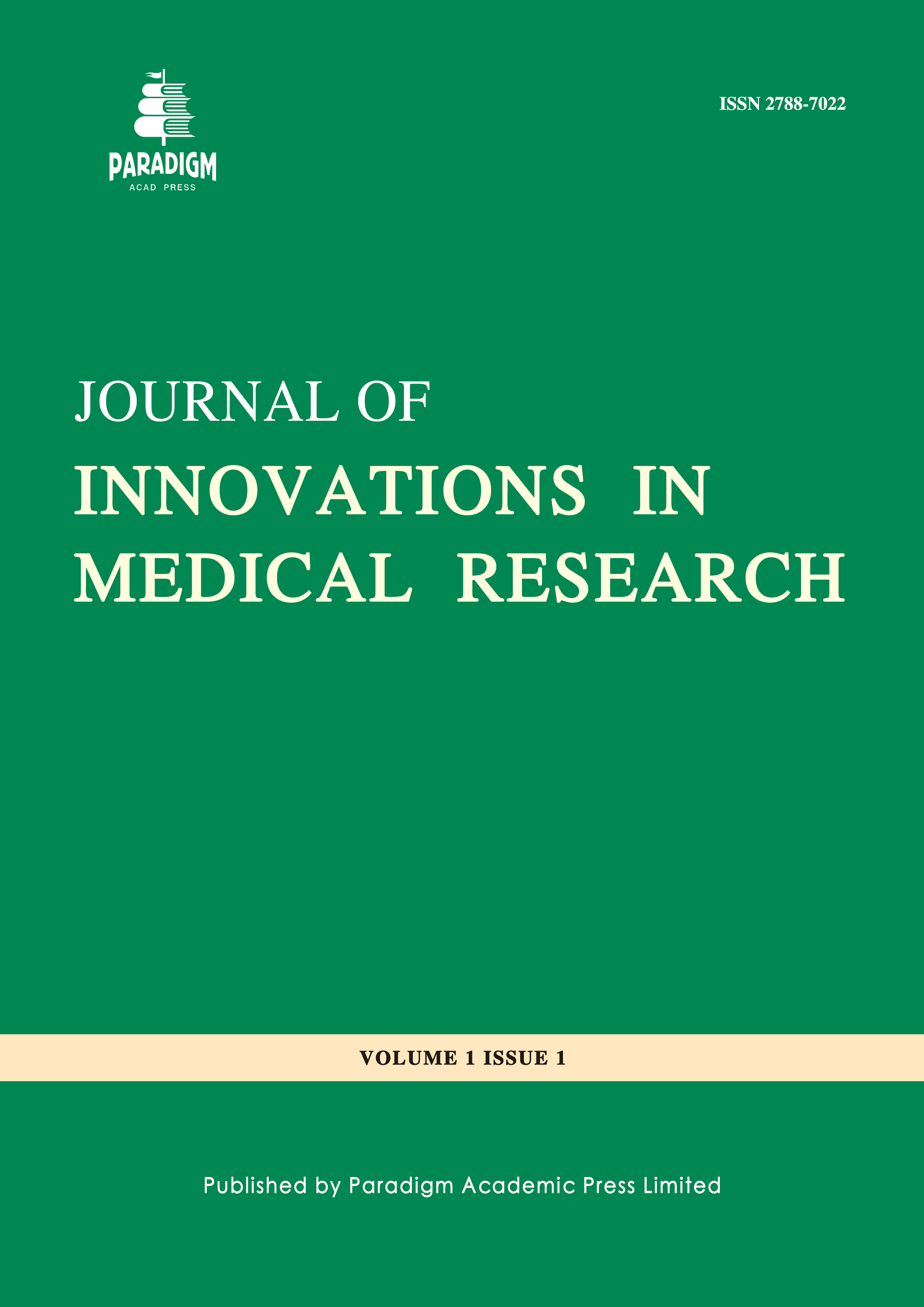Management Strategies for Mixed GH and Prolactin-Secreting Macroadenomas Following Surgical Failure: A Case Report
Keywords:
acromegaly, somatostatin receptor ligands, resistance, pasireotideAbstract
Introduction: Acromegaly is a rare endocrine disorder characterized by excessive growth hormone (GH) production, leading to various complications. The primary treatment goal is to reduce GH and IGF-I levels, with options including surgical resection, medical therapy (e.g., somatostatin receptor ligands (SRLs), dopamine agonists, and pegvisomant), and radiotherapy. The rate of biochemical control reported varies widely across different studies. Case Presentation: A 28-year-old woman with clinically evident acromegaly, characterized by physical changes, was referred due to symptoms including snoring, dental spacing, profuse sweating, joint aches, headaches, visual blurring, and amenorrhea. She had no hypertension, galactorrhea, or diabetes mellitus. Clinical examination revealed a clear acromegalic phenotype and a thyroid goiter. Initial tests showed elevated IGF-1(687 µg/L), high prolactin (165 ng/ml), normal glucose tolerance, and normal lipid profile. MRI identified a large hyperintense mass with supra- and latero-sellar extension. Campimetry revealed a bitemporal hemianopsia in both the right and left eyes. The patient underwent transsphenoidal surgery, with histology confirming a GH/PRL adenoma. At 3 months, residual tumor was still present, and IGF-1 levels were elevated. The treatment with cabergoline and lanreotide for four years did not achieve biological or tumor control of the tumor residue, despite dosage increases. However, switching to pasireotide led to the normalization of IGF-1 levels after four months, although this was accompanied by an increase in fasting blood glucose levels. Conclusion: In summary, this case highlights the effective use of pasireotide, in combination with the dopamine agonist cabergoline, for managing acromegaly in a patient with residual disease. It underscores the importance of personalized treatment plans and the necessity for ongoing monitoring and therapy adjustments to achieve the best possible outcomes.



